How do you keep your electronics from failing? That’s easy – you use a dehumidifier! This handy device can prevent corrosion and failure of circuit boards, USB ports, and other sensitive components, resulting in data loss or expensive repair costs. Here’s how to get the most out of your dehumidifier and keep your electronics safe, no matter where they are stored!
Why Corrosion Occurs?
Corrosion is a natural process that occurs in all metals. It is the result of chemical changes that take place when metal and air come into contact with each other. The rate of corrosion can be influenced by the environment, such as temperature, humidity, and the presence of oxygen or water
Why Humidity Can Lead to Corrosion?
The conditions of a humid environment can make it easier for corrosion to occur. The water in the air acts like a sponge and draws moisture from the surrounding area, which can then lead to corrosion.
Water is an excellent conductor of electricity, so any electrical equipment in the basement or workshop will be vulnerable to corrosion due to damp conditions. This can include electrical wires or switches that are not properly protected by an earth bar or fuse box.
What Causes Too Much Humidity?
There are many reasons that can cause the humidity levels to rise in the house. Some of them include:
Wind
The wind can cause an increase in the humidity level in the house. If you leave your windows open and there is a lot of wind, then you will have more chances for the house air to moisten up a bit. The dehumidifier does not work well if there is a lot of wind inside your house.
Heating/Cooling Air
When you use AC or heaters, it releases moisture into the air as well. When this happens, it causes an increase in humidity levels. You should also check the level of pollutants being released from your heater or AC unit because this too increases the chances of having too much moisture in your house.
Condensation
Condensation on the windows can multiply the humidity levels as they collect humidity from outside and channel that moisture inside.
It can be easily noticed when you find water droplets on windows after rainfall or showers due to condensation caused by the high temperature inside your home.
Improper Ventilation System
Improper ventilation systems in a room can lead to excessive moisture and humidity.
Leaky Windows
If there are any leakages in your windows, they may cause excessive moisture in your room as well as increase indoor temperature, which may also result in health problems such as rashes, skin infections, allergies, and even asthma attacks for some people.
Leaking Faucets and Pipes
If you have leaky faucets or pipes, it can cause the humidity to rise. Increased humidity can also occur when you need a constant stream of water that never stops, like when you’re washing dishes or doing laundry all day long.
The Effects of High Humidity on Electronics
Electronic equipment is susceptible to moisture damage. The more moisture that can get into electronic equipment, the greater the damage to it.
The following are some of the effects of high humidity on electronic equipment:
Condensation Damage
Humidity can cause condensation on sensitive electronic components, reducing their efficiency and lifespan. Condensation occurs when water vapor inside an electronic device condenses into liquid water.
Condensation occurs on cold surfaces and objects that are subjected to high humidity (greater than 55% relative humidity at 70°F). If a device is exposed to high humidity for a long period of time, the amount of condensation may increase significantly. This makes it difficult for electronics components to operate properly due to poor heat transfer between them and the surrounding air.
Damaged Circuits
Electronic equipment has become more complex over the years as it has become necessary to use more sophisticated components, such as microchips and integrated circuits (ICs), in order to make the device perform its functions. These complex devices are sensitive to environmental factors like humidity.
Humidity can change the way a component operates. It affects the operation voltage of an IC or other component that contains transistors, capacitors, and resistors.
The amount of moisture in the air can change this voltage and cause problems with electrical circuits that rely on it for proper operation.
What Are Some Ways You Can Protect Devices From Humidity?
Various strategies are available to protect electronic devices from humidity damage. Here are a few:
- Always keep your electronic device in a dry place.
- Use an anti-static strap on your laptop or other types of electronics that will be exposed to humidity.
- Keep devices away from external sources of moisture, like a window that’s open during the summer months.
- Store electronics in an airtight container that can be placed in a dry place.
- Apply a humidifier in the room where you keep your device. It will help keep relative humidity levels low while keeping the air clean and fresh at all times.
How to Prevent Electronic Device Failure with AlorAir Storm Pro
Have you wondered why you can’t last your electronic devices long while your friends and colleagues don’t complain about their electronics failing?
Well, it could be that your house has a dampness problem hence all your electronics are going bad even though you’re going easy with them. In such cases, dehumidifiers can be a reliable solution. Here is how you can utilize it to make the most:
Work Well for Electronics in Storage Rooms
Coming with a highly powerful, whopping 180-pint capacity, this dehumidifier should work outstandingly well when you’re keeping electronic equipment in large storage rooms (as big as 2300 sq. ft) for an extended period.
Moreover, the powerful rotary compressor would offer maximized performance and minimize the possibilities of moisture damage to electronic components.
Diverse Working Environments
This device is exceptionally versatile with a functioning temperature range of 33.8~105℉. As a result, this device can be used in different states regardless of the temperature levels.
Moreover, it can also work in humidity levels from 25~80%, making which will let you use it in extremely humid to dry weather conditions with ease.
Hassle-Free Usability
As it has a built-in condensate pump technology, you won’t have to manually empty the water tank every hour with AlorAir Storm. Moreover, the smart app control feature will let you maneuver the device from anywhere you want, making it a completely hassle-free experience for all users.
Commercial Dehumidifier Reduces Moisture
We’ve already mentioned how an increase in moisture levels can damage the internal properties of electronic devices. This commercial-grade dehumidifier has the capability to dry out the air keeping the moisture in the correct balance. As a result, the electronic equipment remains safe from condensation or corrosion.
While Using Maintain the Following to Prevent Moisture Damage:
- Don’t put your dehumidifier close to the walls
- Give it enough space so it sucks the damp air in
- Make sure the room has a good air circulation
- Set your dehumidifier to a 30-50% humidity level
- Go through the manual and follow the precautions
- Clean or replace the filters every six months
So, if you’re a business owner and want to protect your stored electronic devices and minimize the possibility of unbearable moisture damage, going for the AlorAir Storm Pro should be a wise move!







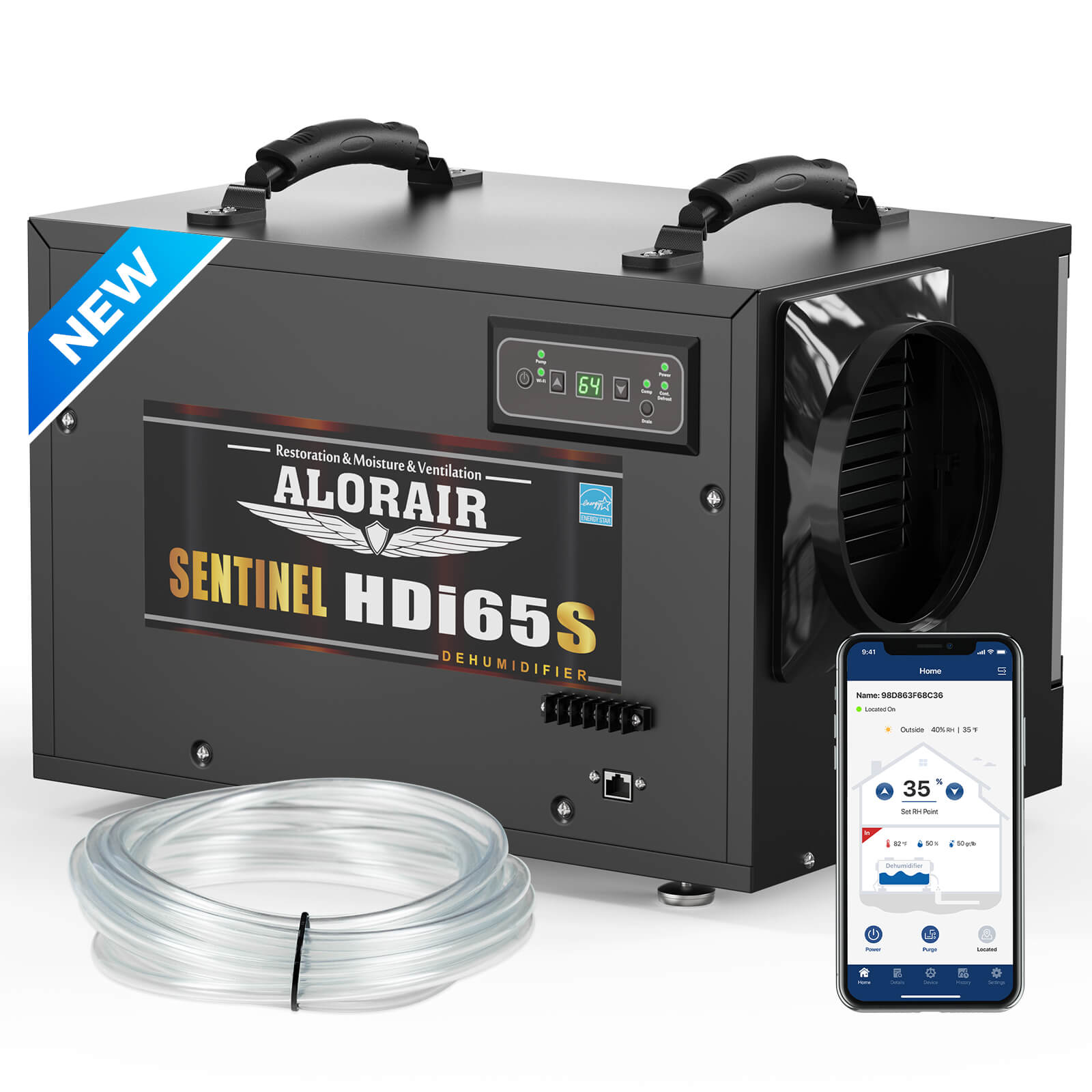
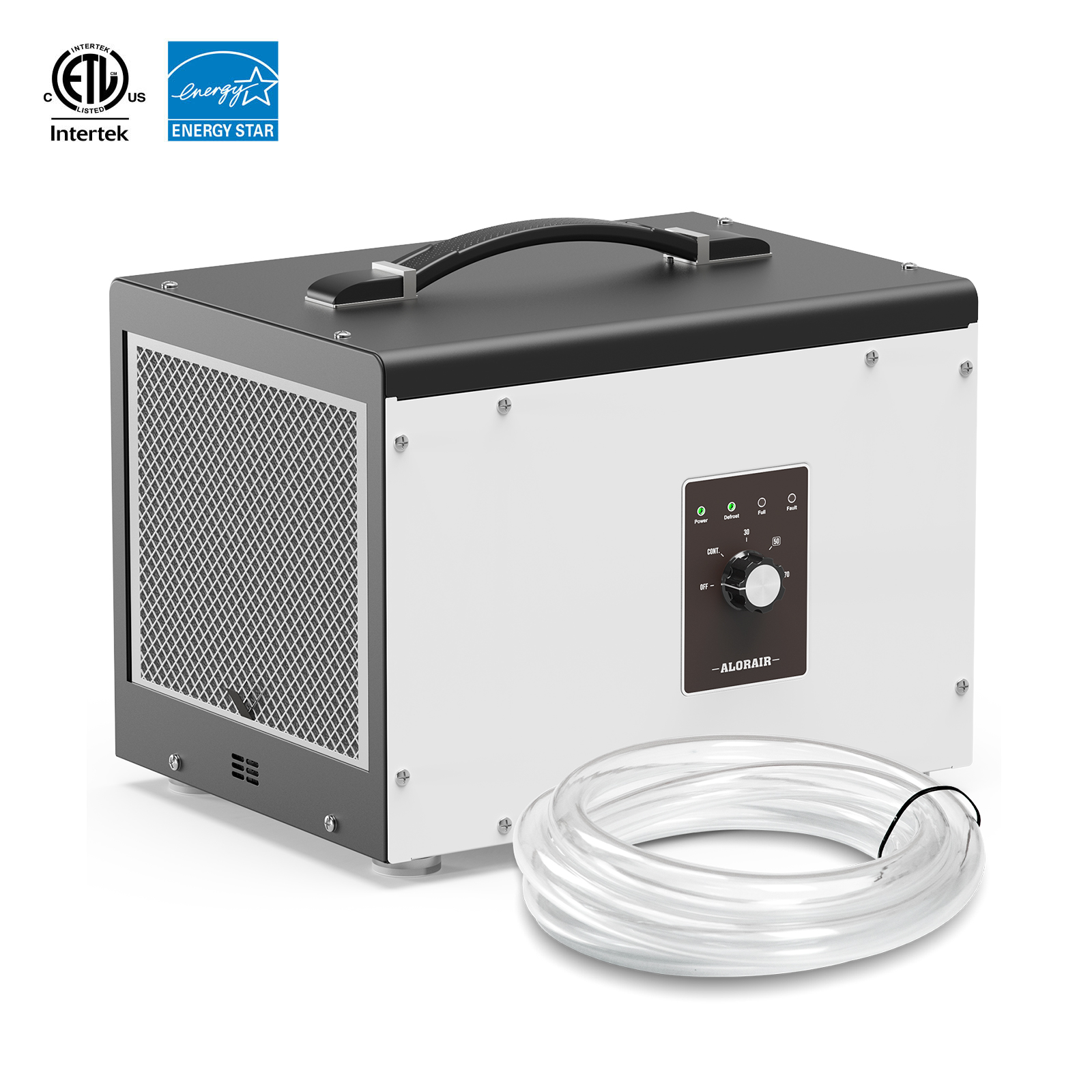
.jpg)
.jpg)

.jpg)

.HDi90.png)
.HD90.png)



.jpg)
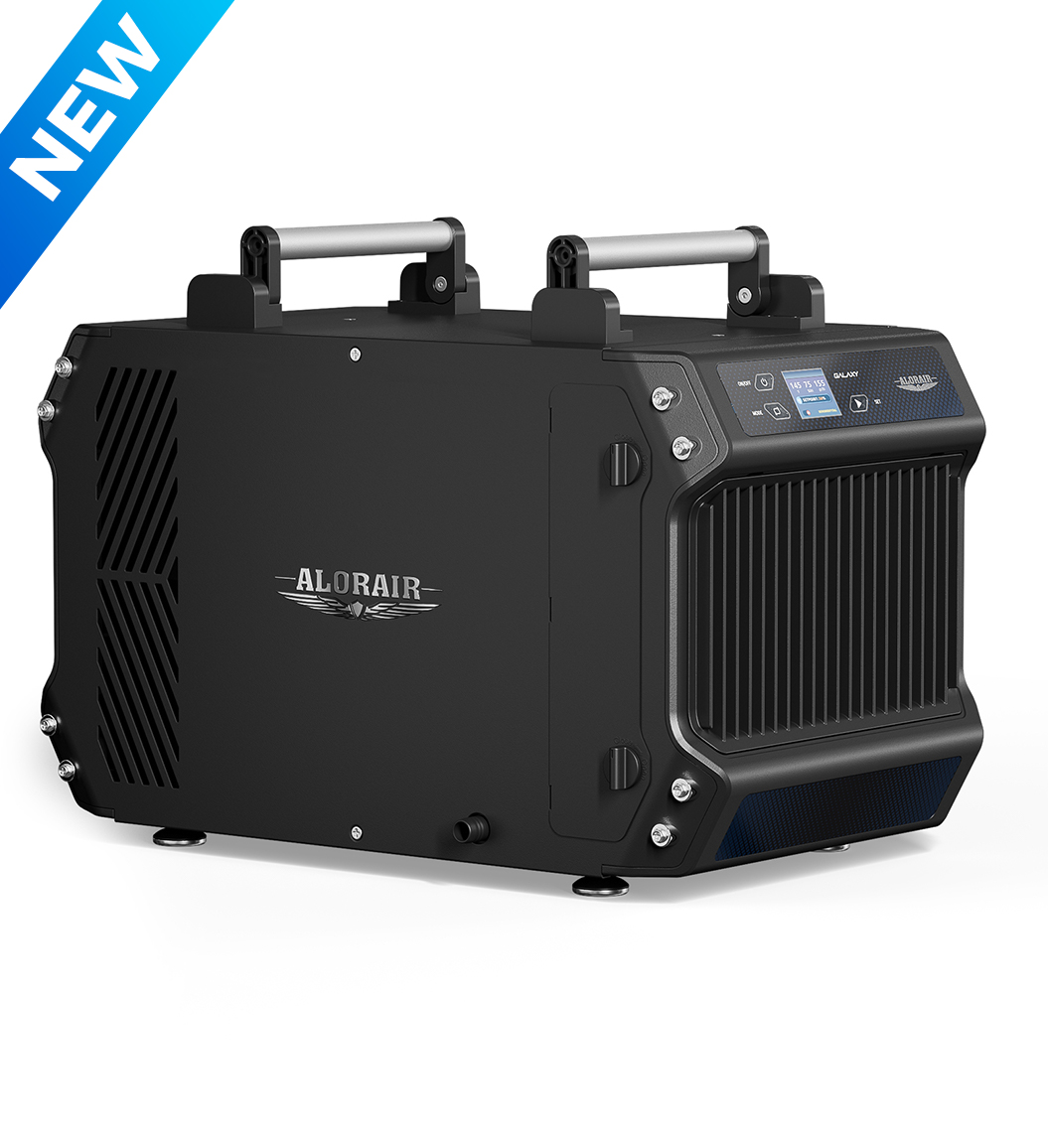
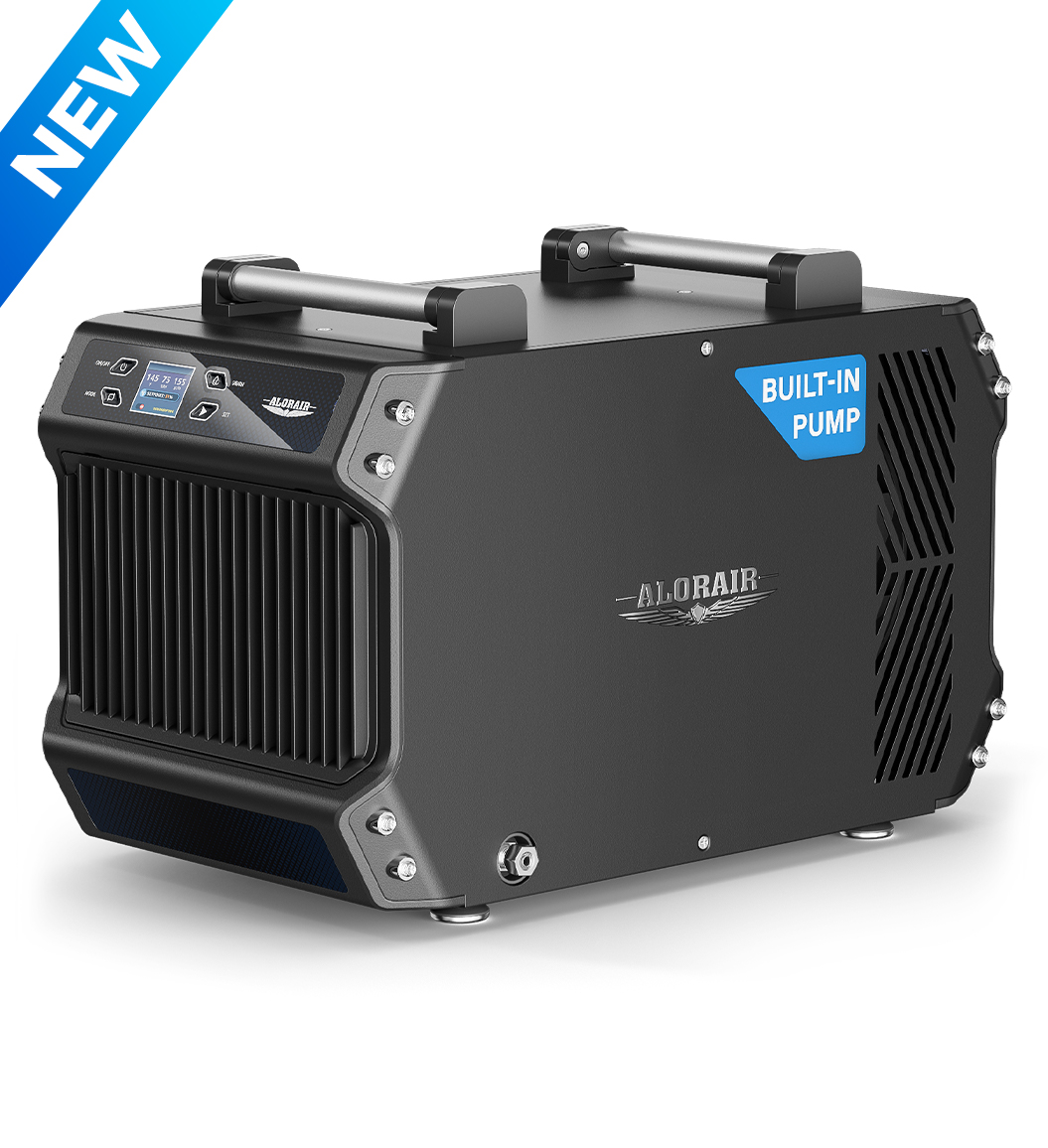




.jpg)
.jpg)
.jpg)
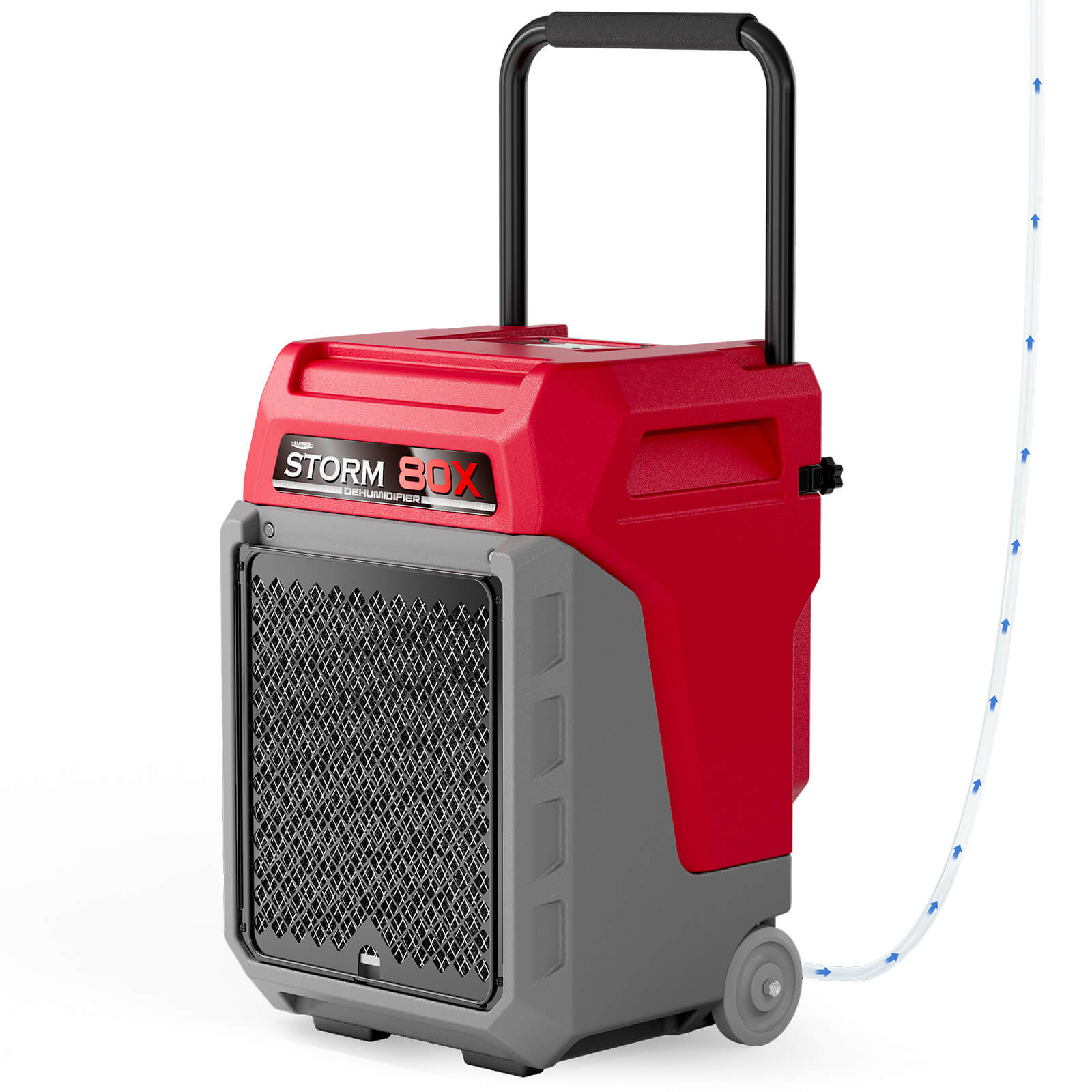


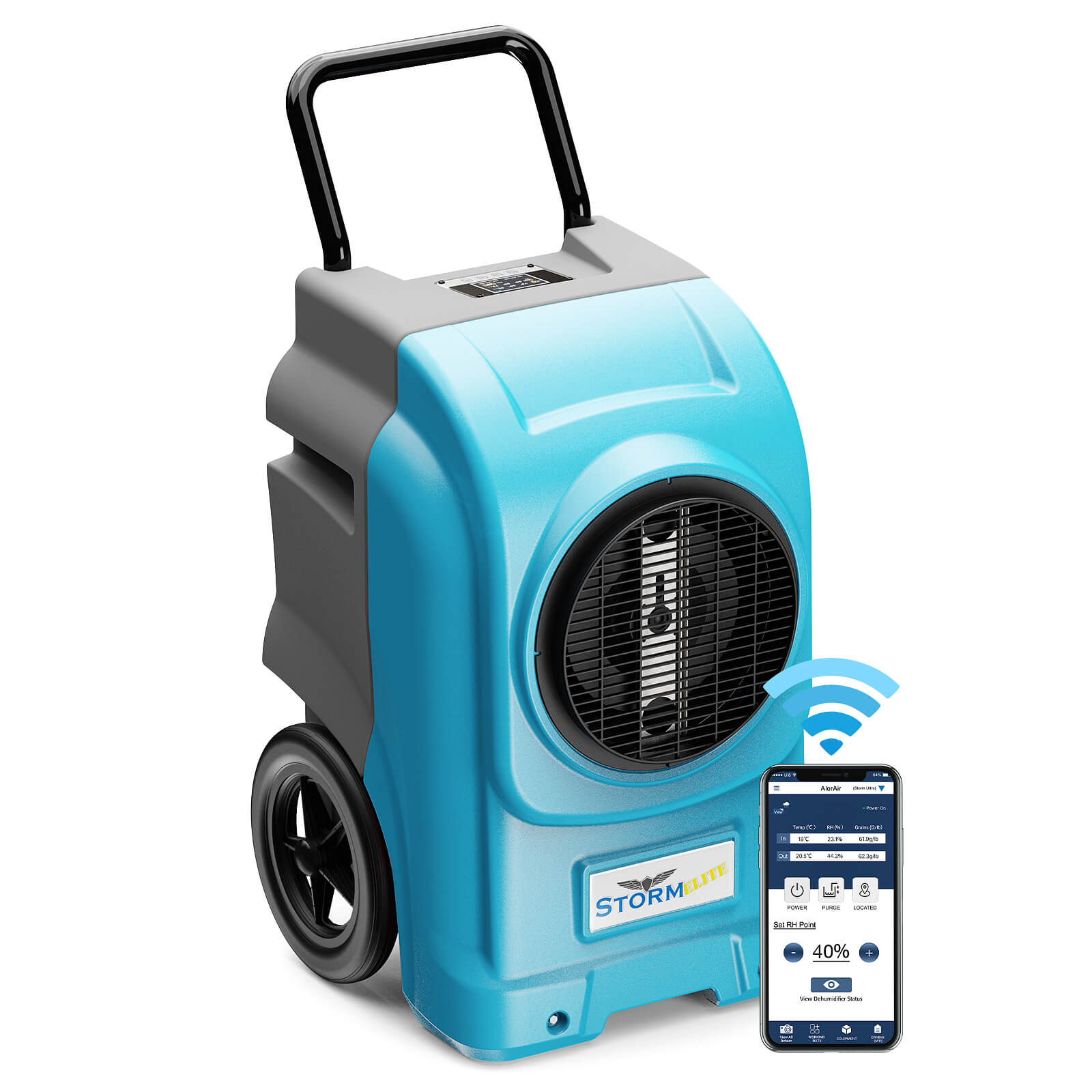

.jpg)
.jpg)

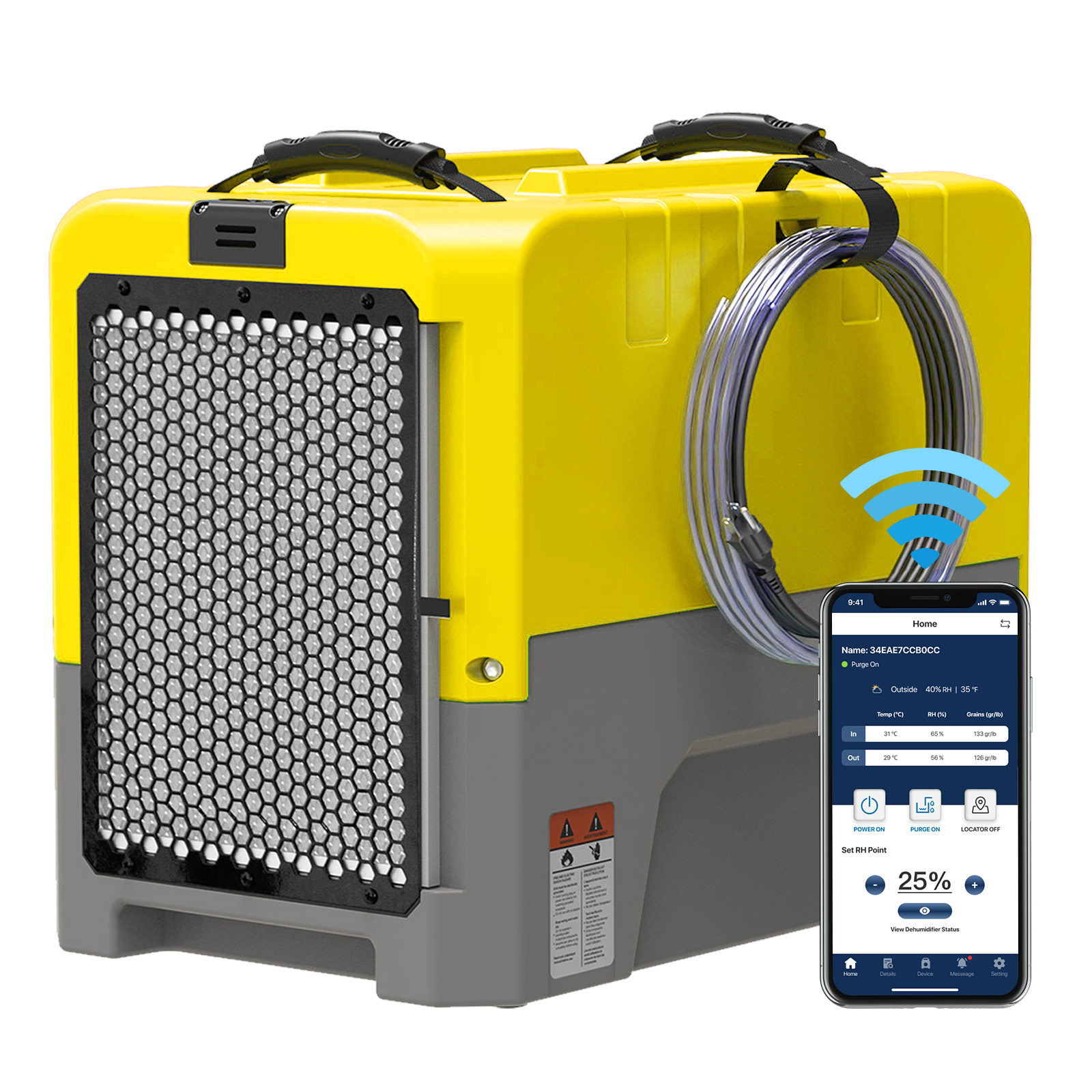








.jpg)
.jpg)








.jpg)
.jpg)










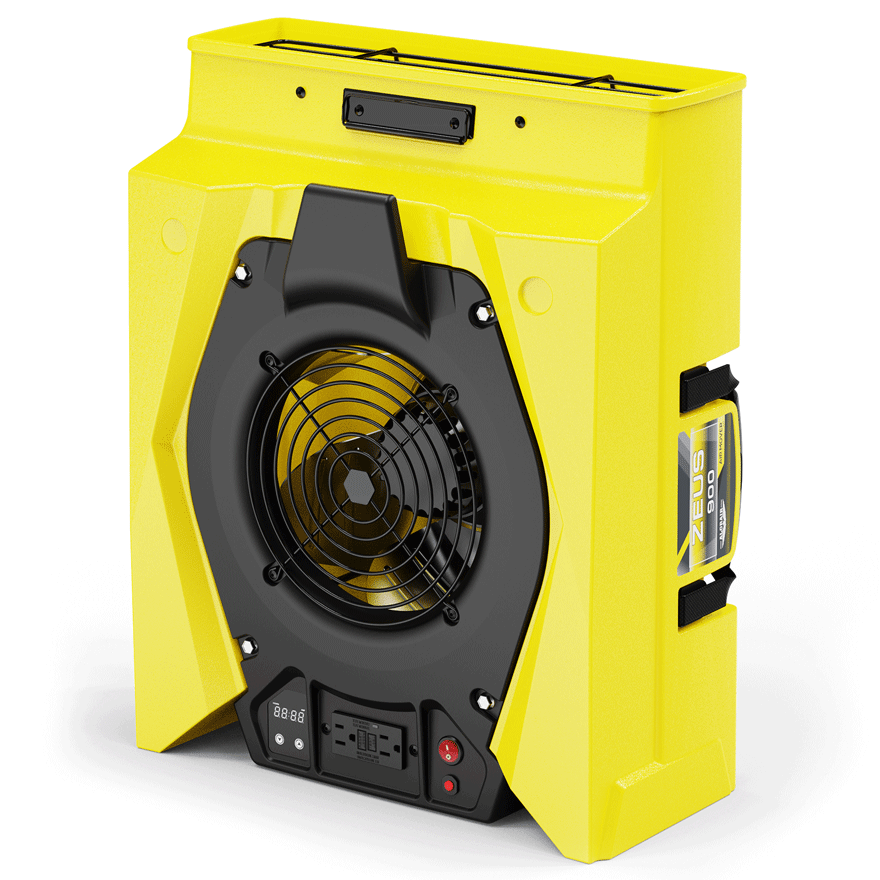
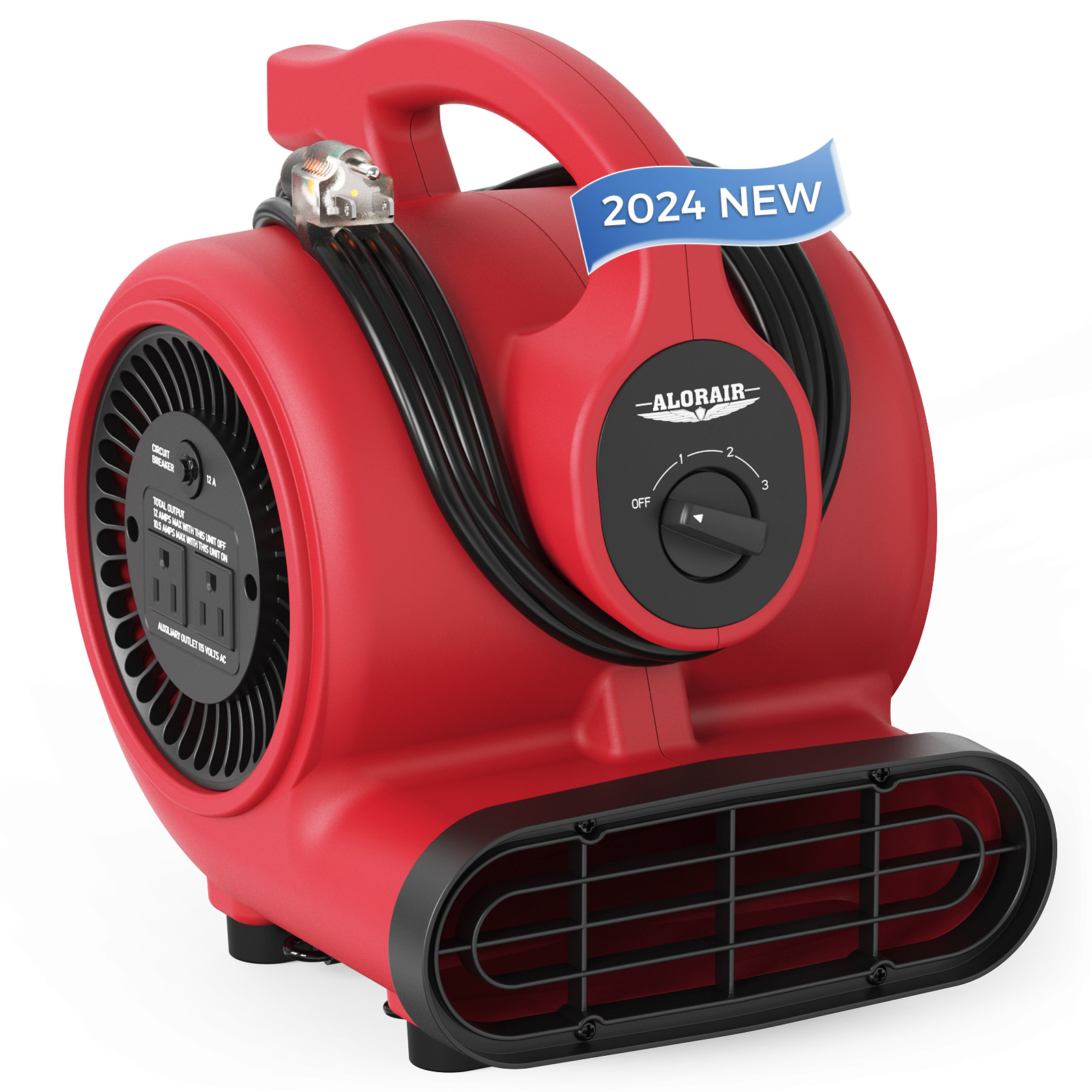
.jpg)
.jpg)
.jpg)
.jpg)
.jpg)
.jpg)
.jpg)
.jpg)
.jpg)
.jpg)
.jpg)
.jpg)
.jpg)
.jpg)





.jpg)
.jpg)
















-.jpg)
.jpg)

.jpg)
.jpg)



























 Exclusive offers
promotions
Exclusive offers
promotions

